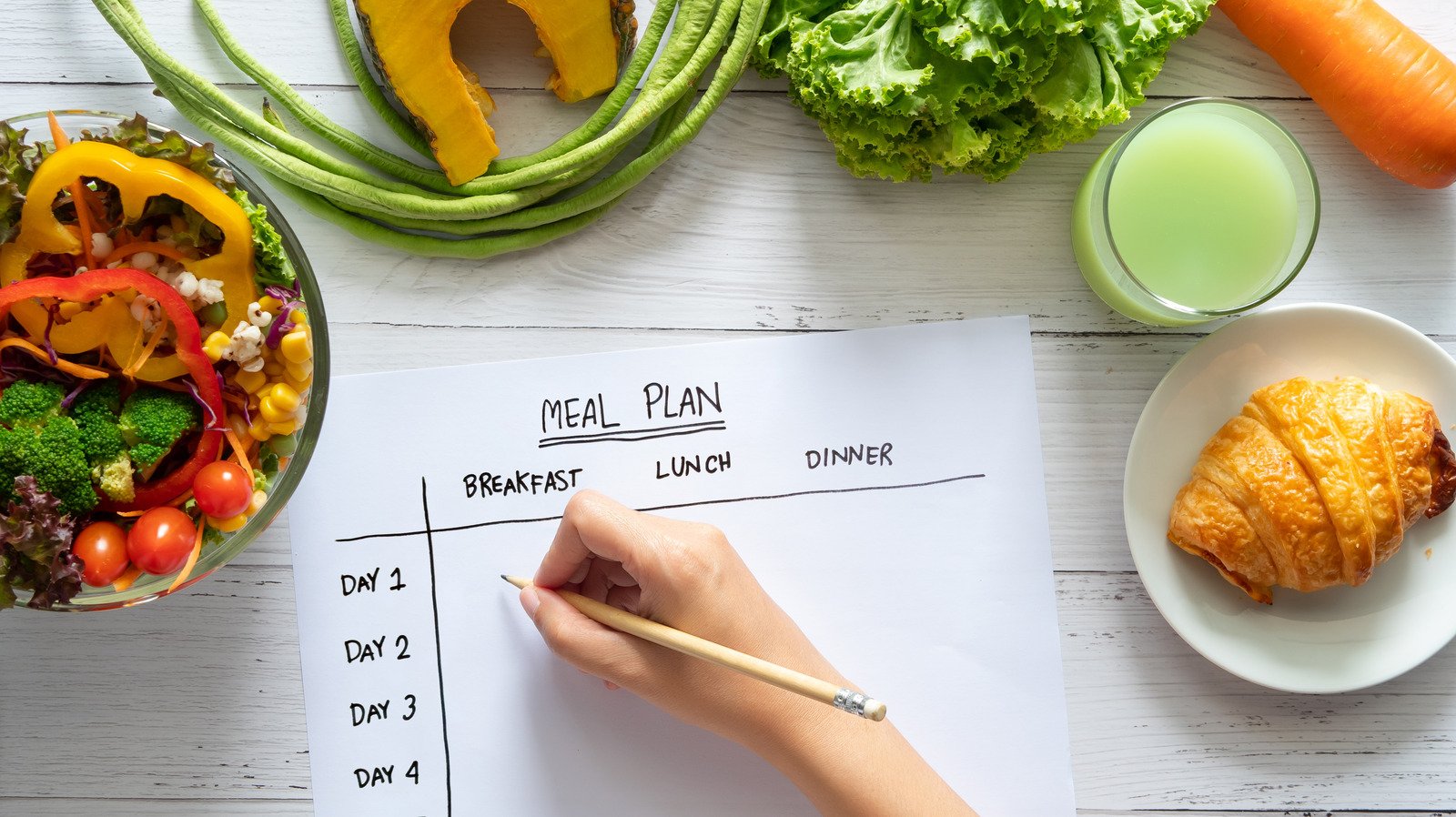Creating a balanced meal plan is an essential step towards achieving a healthier lifestyle. A well-structured meal plan not only ensures you’re consuming the right nutrients but also simplifies your grocery shopping, cooking, and meal preparation. Here’s a guide on how to create a balanced meal plan that meets your dietary needs and preferences.
Understanding a Balanced Meal
A balanced meal typically includes the following components:
- Proteins: Essential for muscle repair, immune function, and overall growth. Good sources include lean meats, fish, eggs, legumes, tofu, and dairy products.
- Carbohydrates: The body’s primary energy source. Focus on complex carbohydrates like whole grains, fruits, and vegetables, which provide fiber and essential nutrients.
- Fats: Necessary for hormone production and nutrient absorption. Incorporate healthy fats from sources like avocados, nuts, seeds, and olive oil.
- Vitamins and Minerals: Essential for various bodily functions. These can be obtained from a wide variety of fruits and vegetables.
- Hydration: Don’t forget to include plenty of water or other hydrating beverages to support digestion and overall health.
Steps to Create a Balanced Meal Plan

1. Assess Your Nutritional Needs
- Determine Your Goals: Are you looking to lose weight, gain muscle, or simply maintain a healthy lifestyle? Your goals will influence your calorie and nutrient requirements.
- Consider Dietary Restrictions: Take into account any food allergies, intolerances, or dietary preferences (e.g., vegetarian, vegan, gluten-free).
2. Plan Your Meals
- Choose a Meal Frequency: Decide how many meals and snacks you want to include in your day (e.g., three meals and two snacks).
- Select a Variety of Foods: Aim for a colorful plate. Include a mix of proteins, whole grains, healthy fats, and plenty of fruits and vegetables in your meal plan.
3. Create a Weekly Menu
- Incorporate Different Proteins: Rotate between animal-based and plant-based proteins to keep meals interesting and nutritious.
- Include Whole Grains: Opt for brown rice, quinoa, oats, and whole-grain bread or pasta as your carbohydrate sources.
- Variety of Vegetables: Choose a range of vegetables to ensure you’re getting different vitamins and minerals. Think dark leafy greens, colorful bell peppers, and cruciferous vegetables like broccoli.
4. Make a Grocery List
- List Your Ingredients: Based on your meal plan, create a grocery list that includes all the ingredients needed for the week. This will help you stay focused while shopping and reduce food waste.
- Shop the Perimeter: Focus on the outer aisles of the grocery store, where fresh produce, meats, and dairy are typically located, and limit processed foods found in the center aisles.
5. Prep in Advance
- Meal Prep: Dedicate some time each week to prepare meals in advance. Chop vegetables, cook grains, and portion out snacks to save time during busy days.
- Batch Cooking: Prepare larger portions of meals that can be stored in the refrigerator or freezer for quick access later in the week.
6. Listen to Your Body
- Adjust as Needed: Pay attention to your hunger and fullness cues. If you find certain meals leave you feeling unsatisfied, consider increasing portions or adding more nutrient-dense foods.
- Experiment: Don’t be afraid to try new recipes and ingredients to keep your meals exciting and varied.
Sample Balanced Meal Plan
Breakfast: Oatmeal topped with fresh berries and a spoonful of almond butter.
Snack: Greek yogurt with honey and sliced almonds.
Lunch: Quinoa salad with chickpeas, mixed greens, cherry tomatoes, cucumbers, and olive oil dressing.
Snack: Carrot sticks and hummus.
Dinner: Grilled salmon with steamed broccoli and brown rice.
Dessert (optional): A piece of dark chocolate or a fruit salad.
Conclusion
Creating a balanced meal plan is a powerful tool for promoting healthy eating and supporting your overall wellness. By assessing your nutritional needs, planning a variety of meals, and prepping in advance, you can simplify your eating habits and make nutritious choices easier. Remember, the key to a successful meal plan is flexibility—allow yourself to adjust as needed and enjoy the journey toward a healthier lifestyle!


